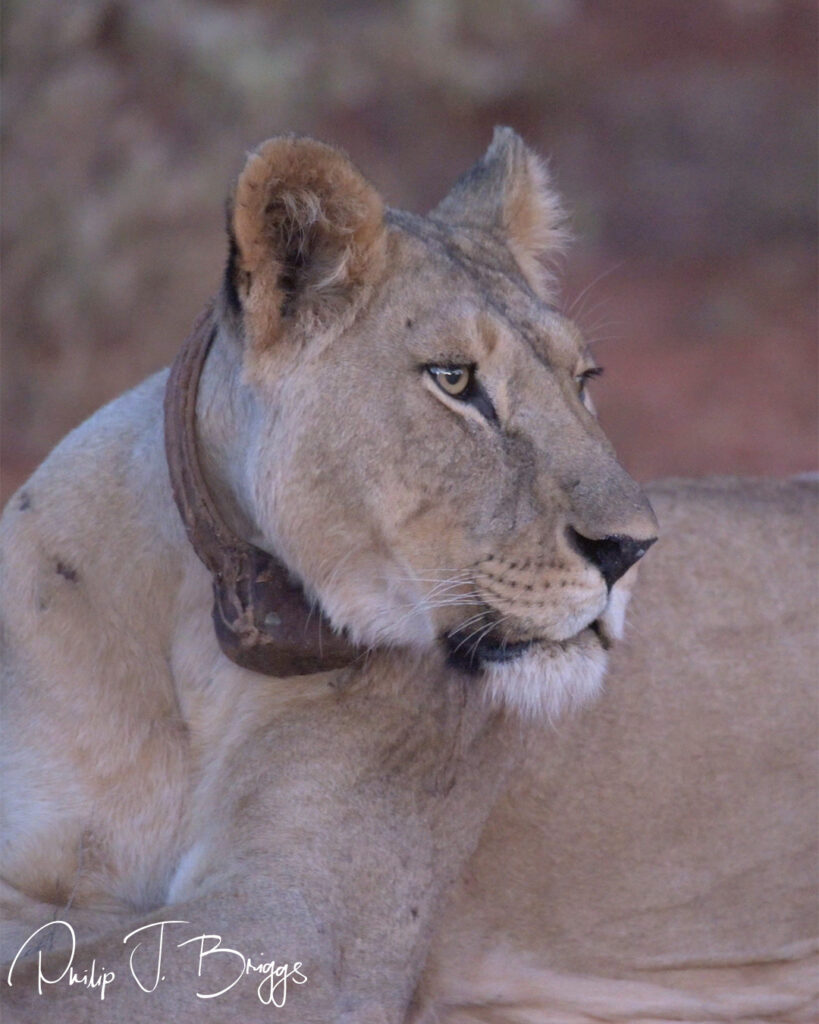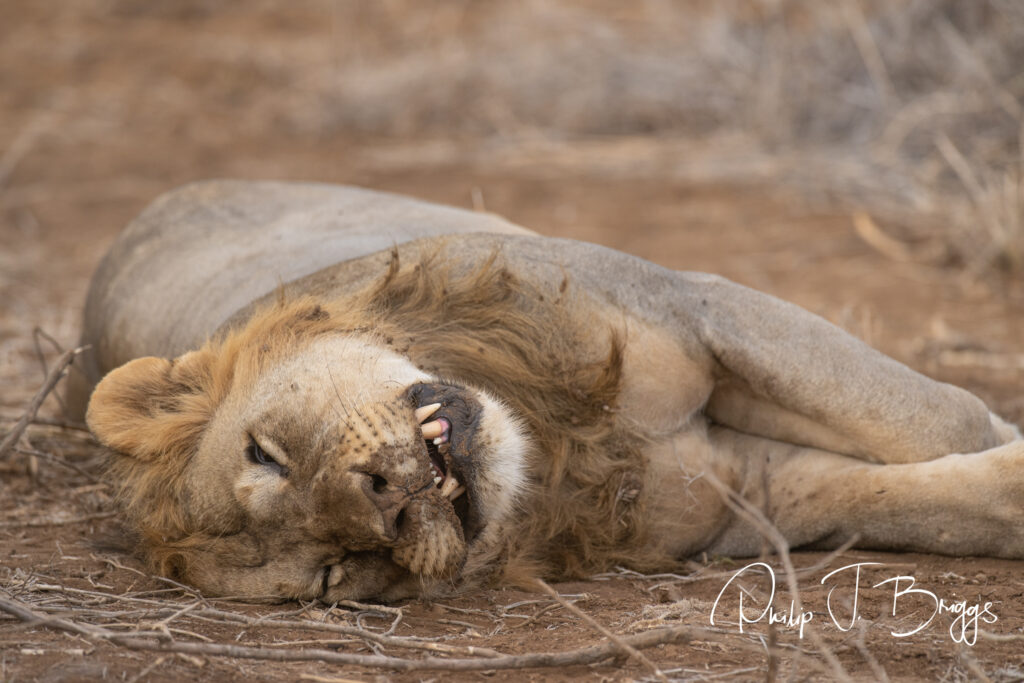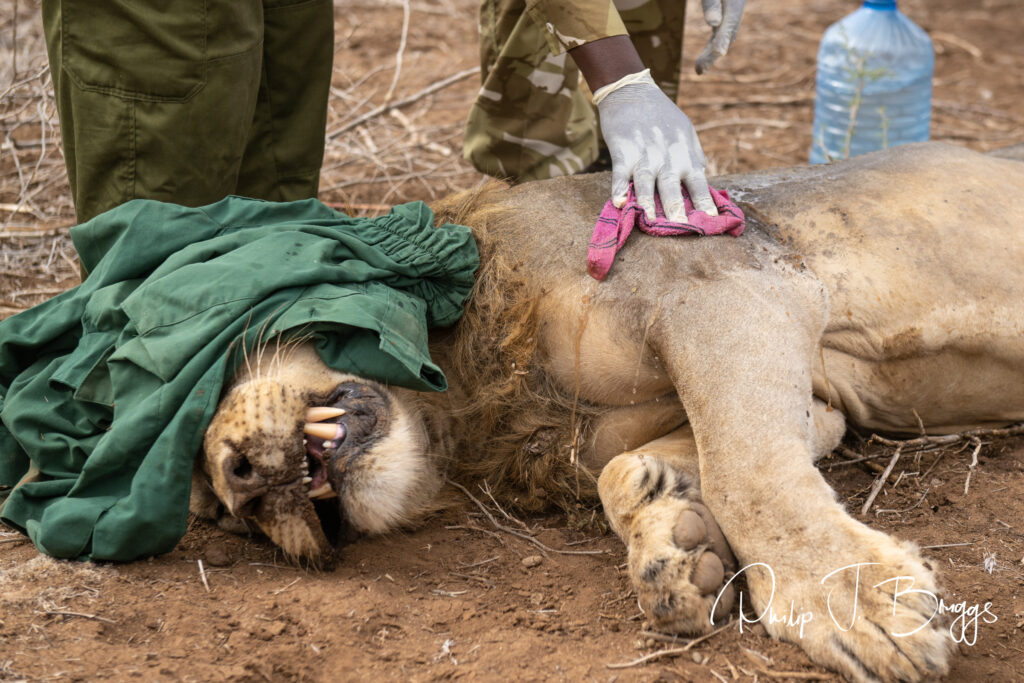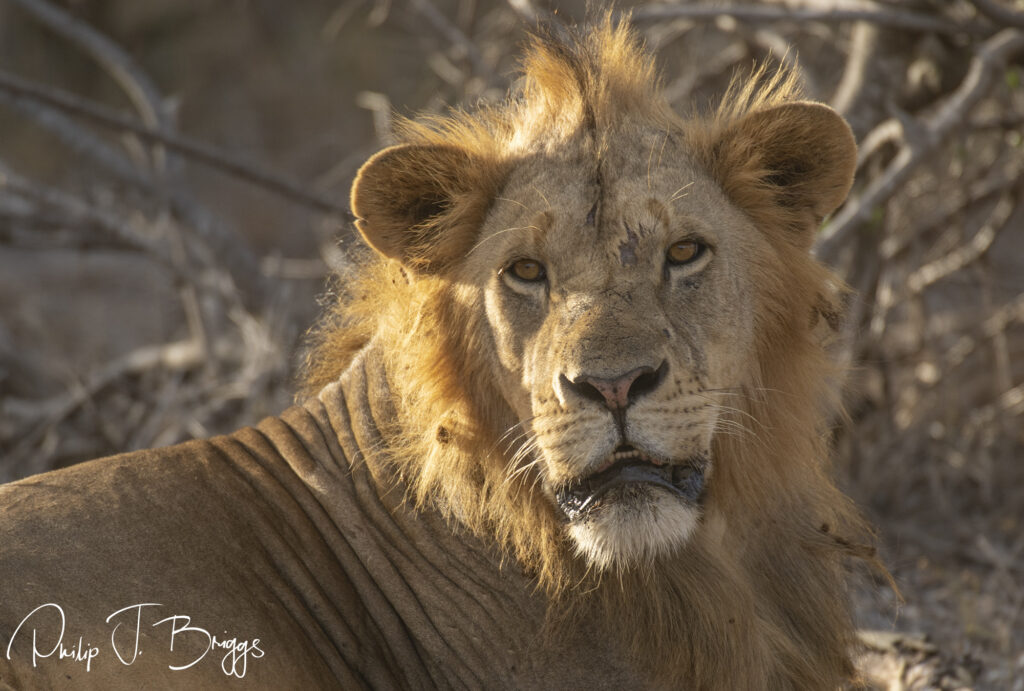Saving Poisoned Lions: Noldupai & Loteletha

In recent years, a historical threat to wildlife has resurfaced in the Amboseli ecosystem of southern Kenya. We have noted that there has been a significant uptick in the use of poisons for lacing prey carcasses to kill carnivores. Traditionally, Maasai do not use poison as it is seen as cowardly. But over time, culture changes. In the years leading up to 2007, there was a notable increase in poisoning incidents using Furadan. Aware of the danger this was causing, we worked with conservation stakeholders and news outlets in the United States to ban Furadan in Kenya. But now, a decade and a half later, we are once again encountering carcasses that are laced with poisons. This time, it isn’t one type of poison being used.
We have implemented a multi-pronged approach to address this complex and challenging issue, and the key to tackling any problem is, first and foremost, a quick and effective response to any incidents within our operating area. Below, we share two poisoning incidents from the field that occurred throughout 2023.
Noldupai’s Story
On June 2nd, 2023, we received a worrying report from Guardians Sunte and Sonkoi. Noldupai and her pride, consisting of two lioness mothers (matriarch Noldupai and her daughter and first-time mother Natasha) and seven cubs, ventured into Osewen, an area outside our operations. Immediate concern arose as this area is notorious for losing lions to poisoning incidents. Without hesitation, Guardians Sunte and Sonkoi sprang into action. Since Noldupai is a chronic problem lion, she was collared years ago, so the Guardians could utilize tracking technology to locate the pride’s exact whereabouts. They saw a cow carcass near the lions that had been laced with poison in the neighboring Matapato community. The Guardians notified our monitoring team that an entire pride of lions was at risk after feasting on the poisoned carcass. The team promptly responded, alerting vets from the Kenya Wildlife Service (KWS) to arrange for a vet with the necessary medication to be transported to the scene. By the time KWS and other conservation stakeholders arrived, some of the lions were in terrible shape; five were on the verge of death. After many long hours of administering life-saving treatment, together, the teams were able to save all but one of the cubs that had consumed the poisoned cow carcass. Our team remained with two of the lions throughout the night, as they required further monitoring to ensure their recovery. Both lions recovered the following day, but our team kept a vigilant watch over the pride.
Since this incident, we are pleased to report that the lions have all reunited and are doing well, much to our great happiness. Thanks to the unwavering dedication of the Guardians and the quick action taken by our Senior Management team and KWS vets, we saved seven lions that were sure to have died without all our efforts.

Loteletha’s Story
One of our most significant achievements this year has been saving the life of Loteletha. While out patrolling, Guardian Sankuyan discovered that Loteletha had been poisoned. He immediately reported the incident, and our team rushed to save the lion’s life. Loteletha was in critical condition. With minutes to live, a KWS vet arrived and immediately got to work injecting Loteletha with an antidote. Things were touch and go for many hours as Loteletha’s recovery was slow. As night fell, Loteletha’s brother, Loisulie, paced and roared nearby to comfort and care for him. The team stayed the entire night, watching closely over the two lions.


By morning, despite still being weak, Loteletha could finally stand. Over the next few days, the team monitored his progress closely, and we are delighted to report that they later found Loteletha mating with lioness Nabor – a sign of his full recovery!
Similar to Noldupai, Loteletha also ingested a poisoned carcass, this time a giraffe. This is worrisome, underscoring the importance of preventing poisoning among the growing lion population. For this reason, we have drastically ramped up our efforts to ensure that our Guardians and Master Herders are trained to rapidly respond to depredations to prevent poisoning incidents before they occur. To accompany these efforts, we are also making a video for use in the communities addressing the high risks to humans, dogs, and livestock health when agricultural chemicals are misused to poison wildlife. Finally, in 2024, we plan to employ special “Mzoga Guardians” whose jobs are to patrol areas of high risk, actively respond to any lion depredation of livestock, remove access to any livestock carcasses (i.e., hang the carcass in trees rather than leave on the ground or burn them), and closely monitor any carcasses (even wild prey) in areas of high poisoning risk. While the threat of lion poisoning persists, we are confident in our ability to save the lives of lions and proactively prevent additional poisonings through effective and impactful measures.




Congratulations and thank you, the whole team, for your hard work in protecting Noldupai and all the other lions. It is heartbreaking to know that such an iconic animal is so close to extinction. Your work is vital to their survival. Please continue with our support! Thank you!!!